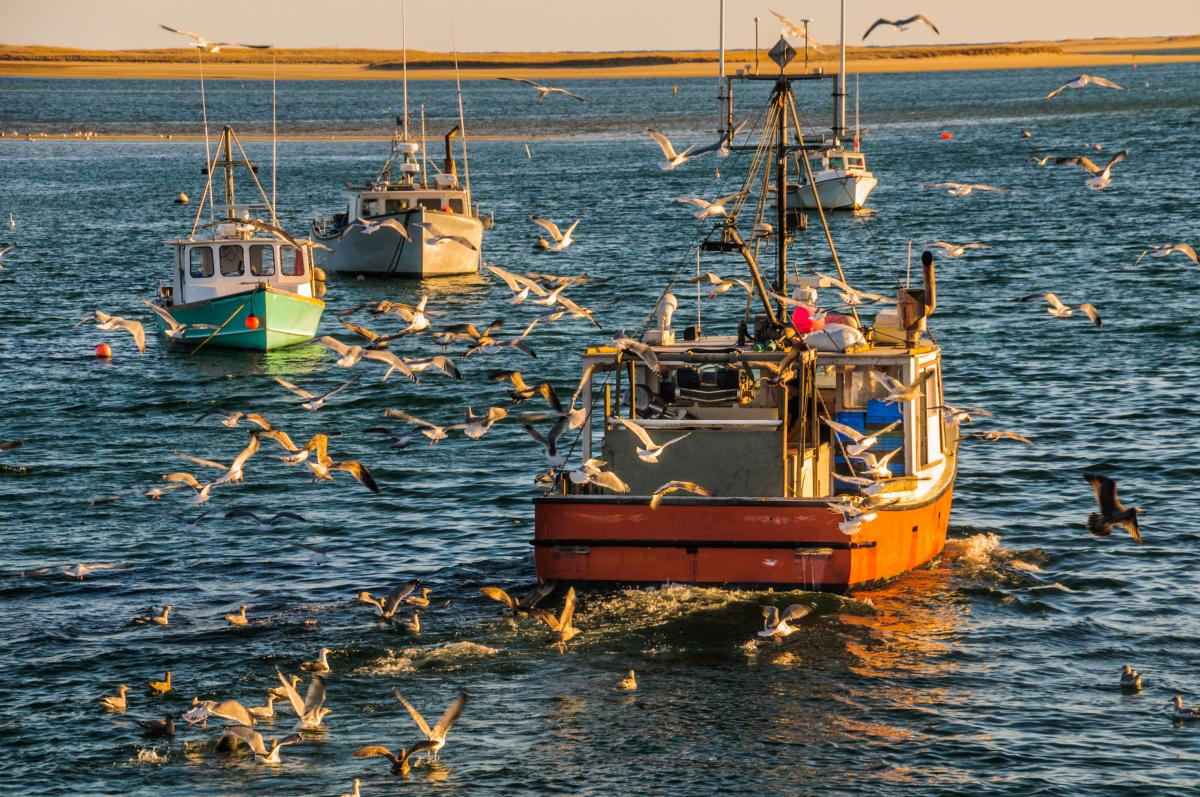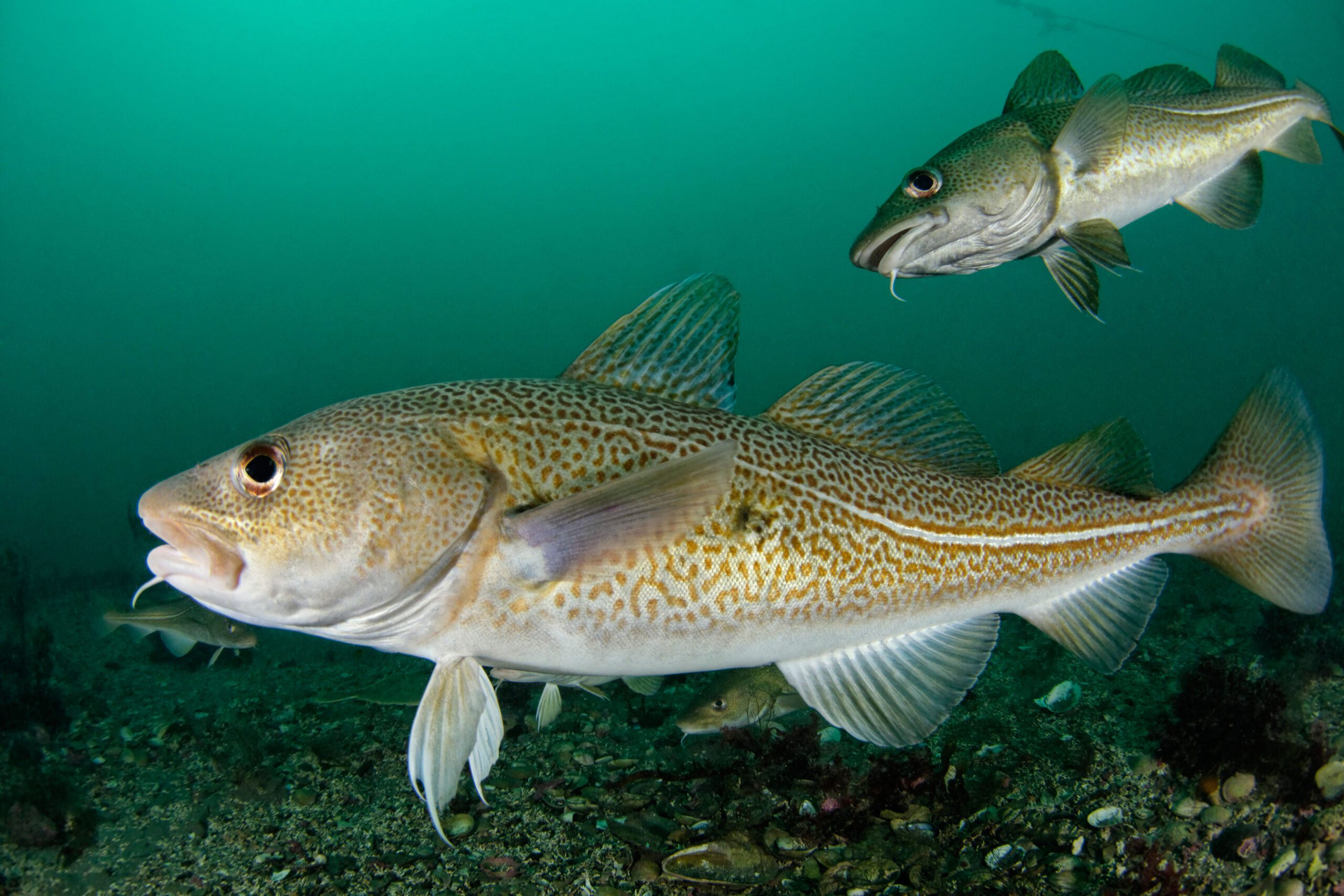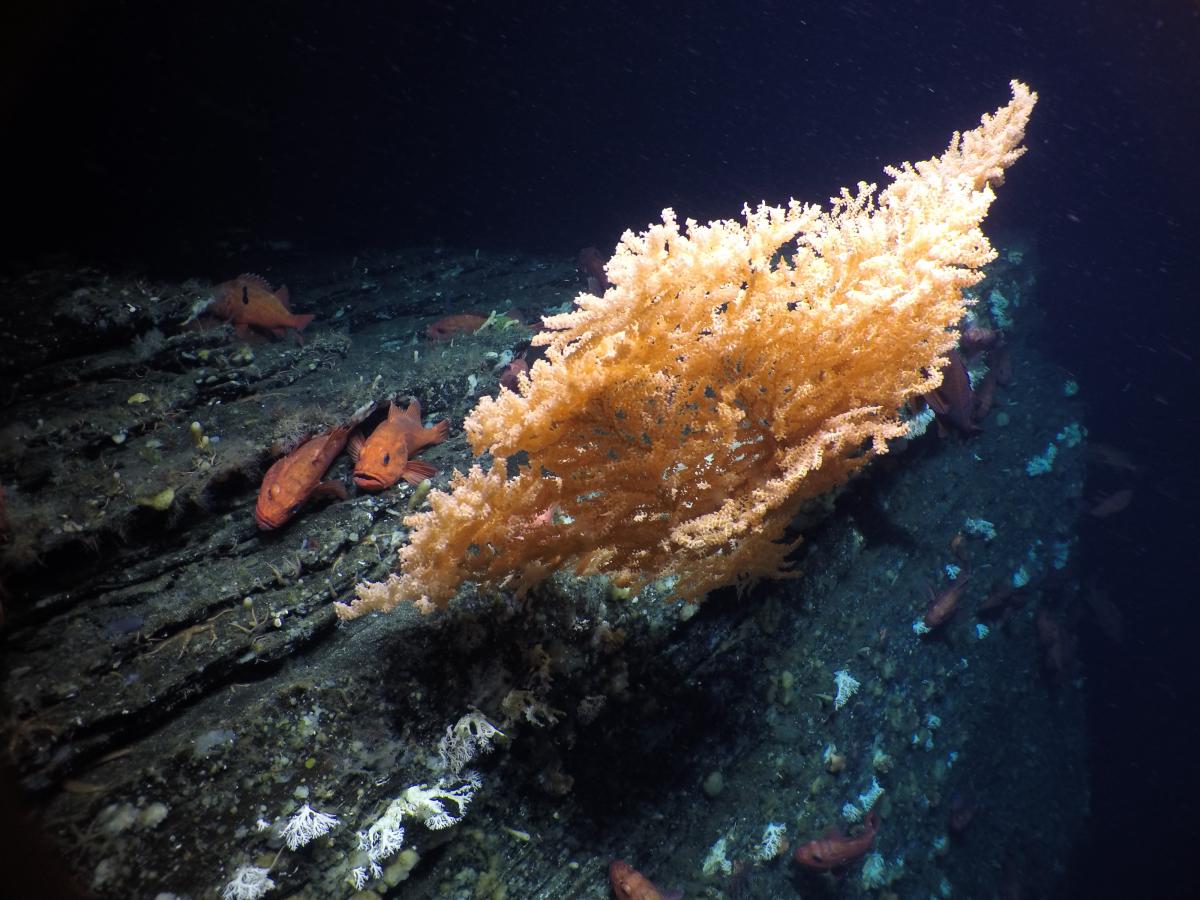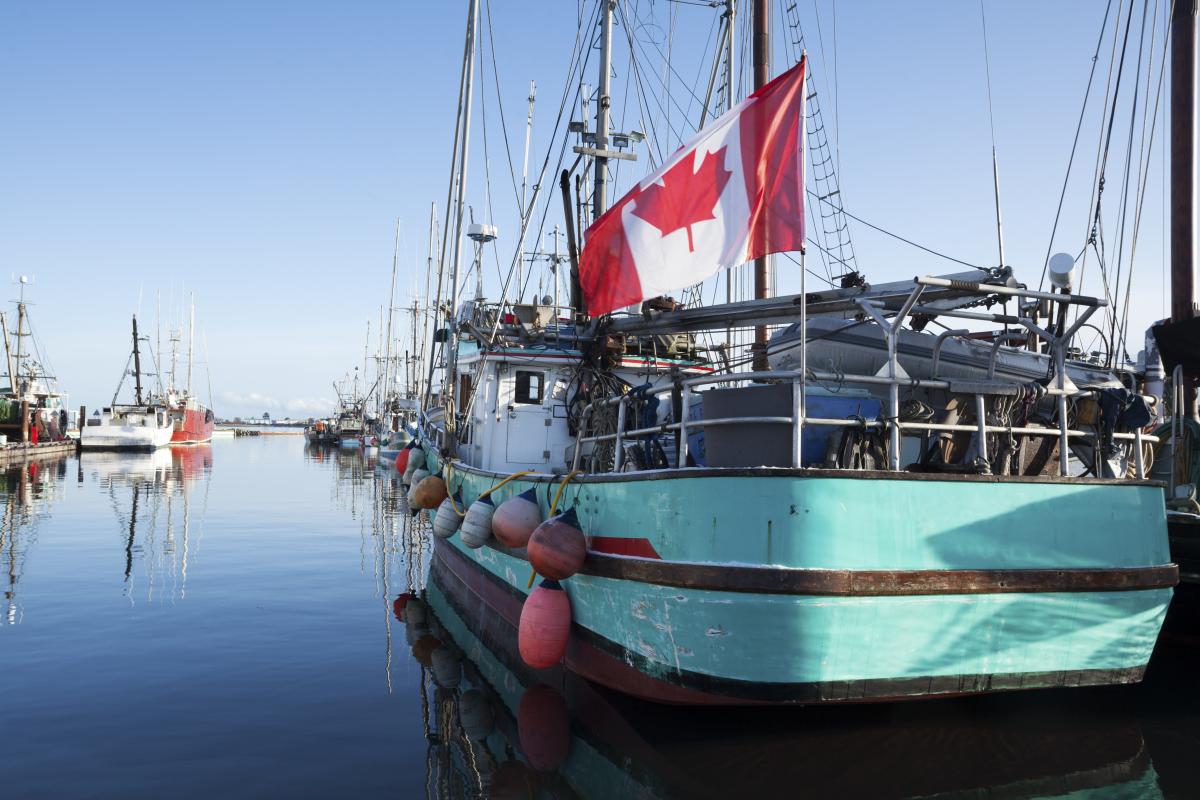April 26, 2019
The most important fisheries framework you’ve never heard of
Estimated reading time: 0 minutes
BY: Sarah Cameron
Topics: Rebuild Ocean Abundance
Ten years ago this month, the Government of Canada developed a visionary plan using international best practices and the insights of leading fisheries scientists. The plan, known as the precautionary approach under the Sustainable Fisheries Framework, promised to revolutionize the way Canada managed its fisheries and restore lost health and abundance to our oceans.
Many fish populations can be rebuilt in as little as a decade, so the 10th anniversary of the Framework is a timely opportunity to see how it has lived up to this exciting promise.
Good planning without good working is nothing
Sadly, despite its good intentions, the government has not been abiding by the precautionary approach, leaving the hope of healthy, abundant fish populations to wither away. Accordingly, only one-third of Canadian fisheries are healthy. One-third are in the critical or cautious zone and we don’t have enough data for about the same amount to manage them sustainably.
Here’s the story of how Canada failed its fisheries.

A brief history of fish
A connection to the ocean is at the very foundation of our history and socio-cultural identity. Canada boasts the longest coastline in the world and marine life from three oceans surrounds us. Indigenous Peoples have had a reciprocal relationship with marine resources since time immemorial. Abundant fish drew people from around the world to our shores, supporting communities along the coastline of what would become Canada.
Fisheries drove economies and fed millions. Improvements in technology that came after WWII made it easier to fish than ever before. Fish were caught at such an unsustainable rate that fisheries were driven into the ground. The most iconic example is the collapse of Atlantic cod in the early 1990s that gave Canada the tragic honour of having the largest fisheries collapse the world has ever seen, and coastal communities are still trying to recover.

The world reacts
Canada was one of many nations facing fisheries collapse, and an international treaty was adopted and signed in 1982. The treaty, the United Nations Convention on the Law of the Sea (UNCLOS), defined the rights and responsibilities of countries with respect to their use of our shared ocean.
Still, overfishing persisted, made worse by the threat of illegal, unreported and unregulated fishing. In 1995, the global community came together once again and the United Nations Fish Stocks Agreement (UNFSA) was born. Building on the foundations of UNCLOS, one of its primary objectives was to prioritize conservation and sustainability and ensure we never faced the same devastation again.
The result? Fisheries rebounded. For example, the U.S. implemented mandatory rebuilding plans 20 years ago and since then, 43 stocks have recovered.
Canada responded with the Sustainable Fisheries Framework, but unlike other countries, didn’t make it a legal requirement. All decisions are at the discretion of the Minister of Fisheries and Oceans. The result is that we have no reason to celebrate this month: 26 fish stocks remain in the critical zone and only five have rebuilding plans in place – none of which meet international best practices.
Under the Framework, Fisheries and Oceans Canada is to “act with caution when scientific information is uncertain, unreliable or inadequate and not use the absence of information as a reason to postpone or fail to take action to avoid serious harm to the resource.” In other words, if a wild fish population is overfished or declining, the government should act immediately to mitigate the damage and help it rebound. It includes targets and timelines for rebuilding plans as well as actions that must be taken if a fish stock begins to decline toward the critical zone. It clearly states, “When a stock has reached the critical zone, a rebuilding plan must be in place.”
The lack of a legal requirement has meant that the government has been able to largely ignore its own roadmap for sustainably managing fisheries, squandering the opportunity for renewed abundance it promised.

A second chance to do the right thing
For the first time in 151 years, thanks to Bill C-68 which is now before the Senate, Canada could be getting a new Fisheries Act that prioritizes rebuilding fish populations. The Bill includes an historic change in how Canada manages fisheries: it states that the Minister of Fisheries and Oceans shall implement measures to maintain fish stocks at a sustainable level. When implemented and backed with strong regulations, this could at last put Canada’s fisheries on a path to abundance.
Let’s make the 20-year anniversary of the Sustainable Fisheries Framework one really worth celebrating, one with more fish and the proper tools in place to manage them sustainably.
What do we want to be known for – the nation that stood around while fish disappeared? Or the one that made a choice to put conservation and coastal communities first, ensuring healthy oceans and fisheries for generations to come.


